1.Area
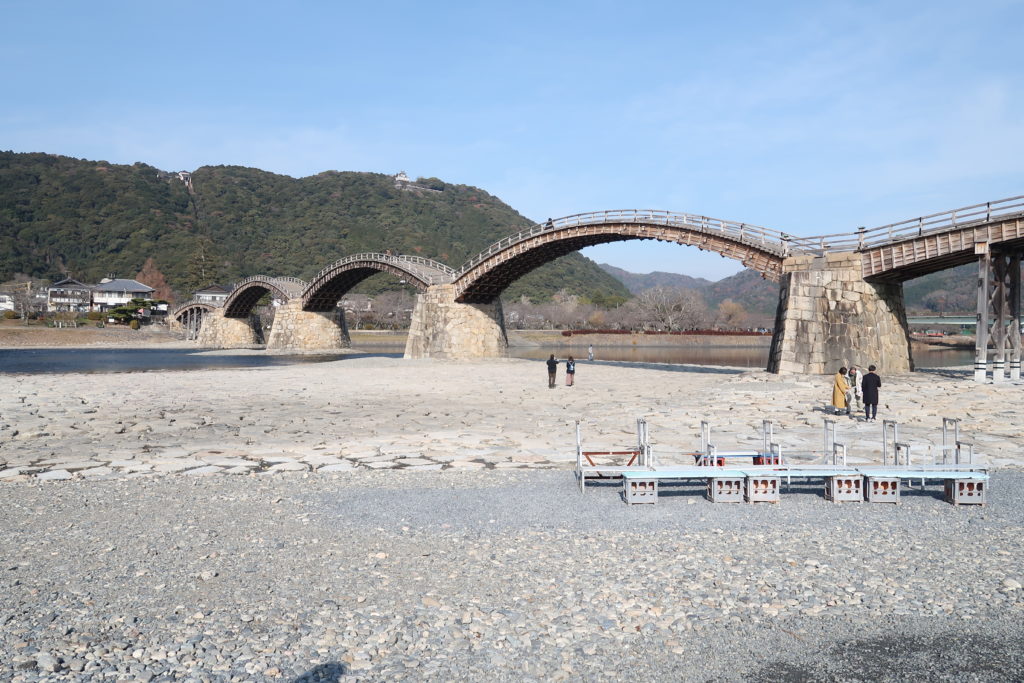
Iwakuni City, a town with a beautiful bridge at the eastern gateway of Yamaguchi Prefecture, prospered as a castle town of 60,000 stones of the Yoshikawa clan, and is now blessed with many historical and cultural heritage and beautiful nature, with more than 3 million people annually.
It is known as the “tourist town” that welcomes you.
The famous tourist symbol of Iwakuni is Kintaikyo Bridge, a five-arched famous bridge that has been built for more than 300 years.
Using the technique of braiding with a winding metal and Kasugai, it is designed to become stronger as the load is applied.
The beauty of the shape, the skill of the structure, and the scenery of the four seasons are wonderful, and it is one of the three famous bridges in Japan.
“Kikko Park” adjacent to Kintaikyo Bridge is the site of the residence of the lord of Iwakuni, and there are museums, many historic sites, and famous places, including the “White Snake House” where you can see the white snakes of Iwakuni, which is a natural monument.
In addition, Iwakuni Castle, which goes up by ropeway, exhibits swords and calligraphy, and from the top floor you can see the Nishiki River, the city, and the islands of Seto.
Currently , we are aiming to register Kintaikyo Bridge as a World Heritage Site.
2.Crafts and folk crafts
Craft “Iwakuni Yaki”
Unkeiyama kiln : https://tadayaki.jp/
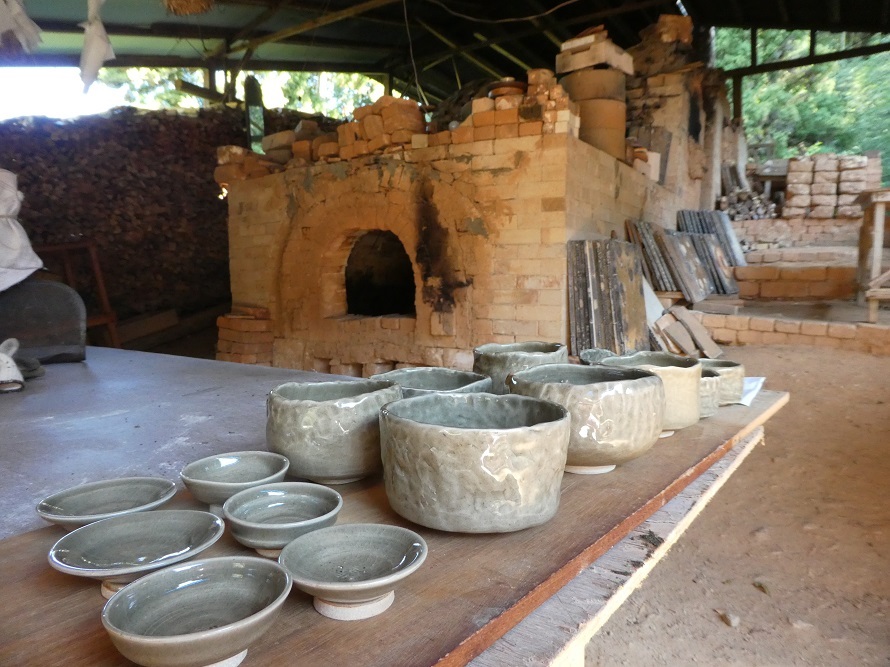
Since Mr. Yoshikawa invited a potter from Kyoto in 1700 (Genroku 13 ) to open the kiln as Iwakuni Yaki, Iwakuni has had various ceramics since ancient times.
However, the most important clay has not yet been discovered.
However, in 1971 (Showa 46), he discovered clay in the land of Ashin, investigated the reserves, researched the composition of clay, and was convinced that it could be used as a pottery. We have been focusing on reconstruction.
In the pottery rooted in the climate of Iwakuni, we are making efforts and studying how to utilize the soil to develop glazes unique to Iwakuni, inherit the tradition of Koiwakuni ware, and create a new tradition of Iwakuni ware.
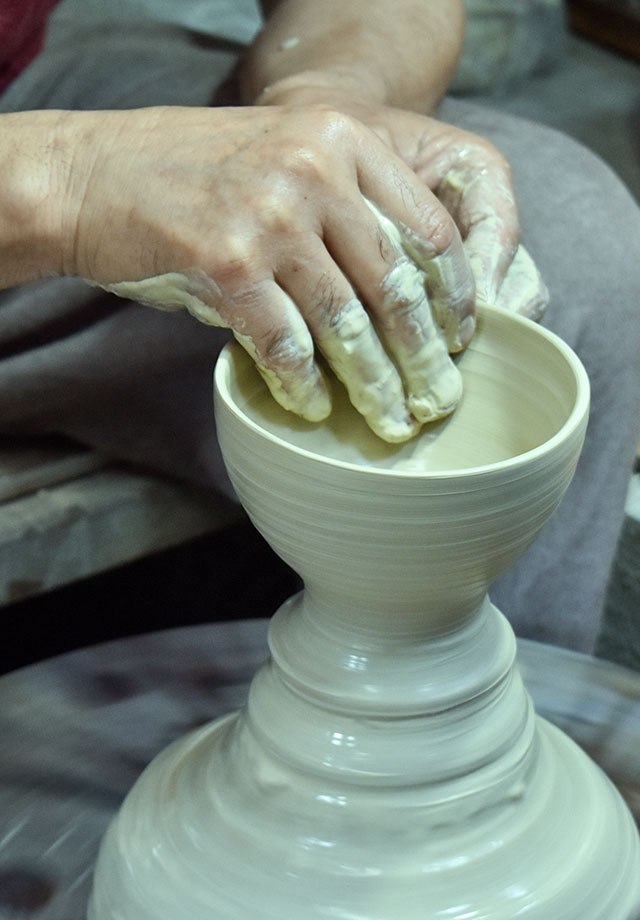
You can also experience the tea ceremony and pottery, so please go there.
Folk craft “Iwakuni stone doll”
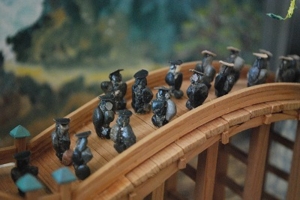
A stone in the shape of a person can be found in the river under the Kintaikyo Bridge.
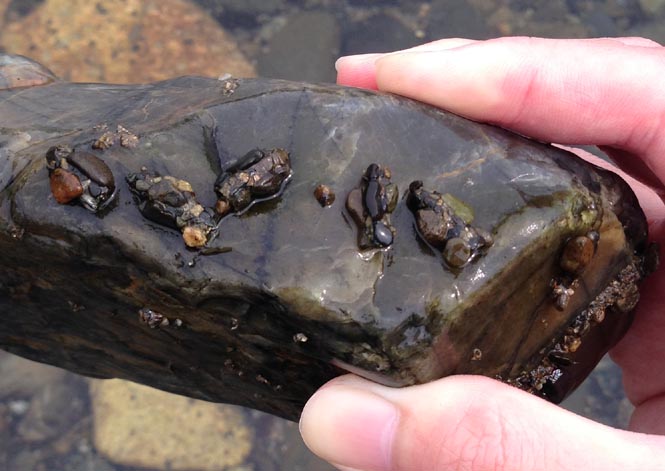
This stone is called a stone doll (ningyoite) because it has a human shape and is made by an insect called Ningyotobigera that collects pebbles and sand in the river to form a nest.
Stone dolls are likened to Buddhist statues and the Seven Lucky Gods, and have been known as souvenirs of Kintaikyo Bridge since the Edo period.
It has long been loved as a culture unique to Iwakuni, as a local toy to find and play in the river, as a talisman, and as a theme for Chinese poetry, waka poetry, and haiku.
3.Food
“Irori Bandits”
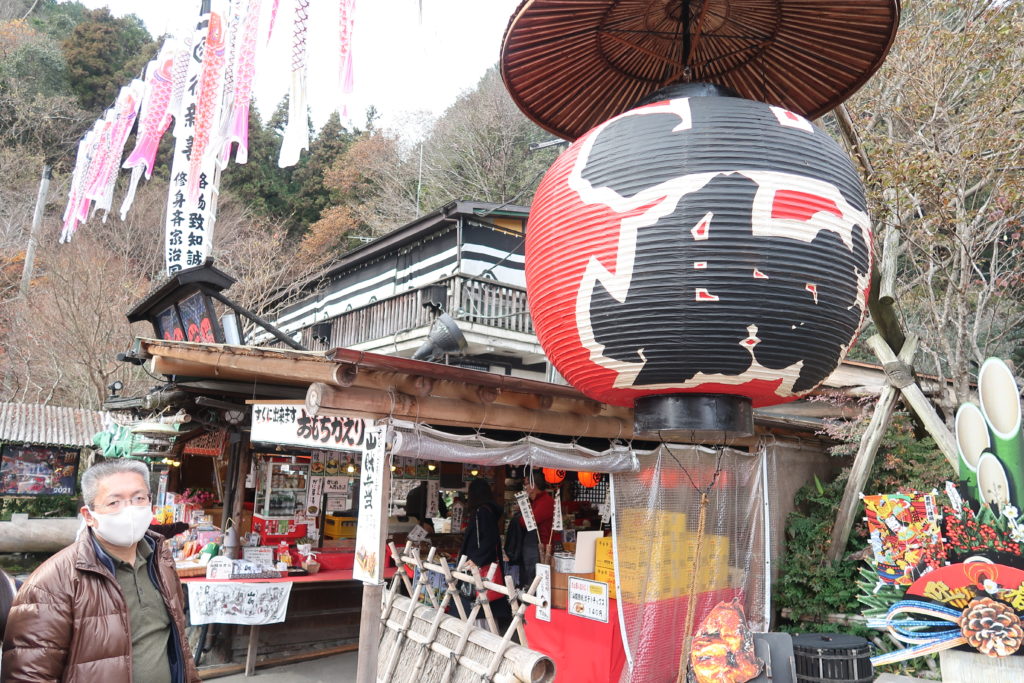
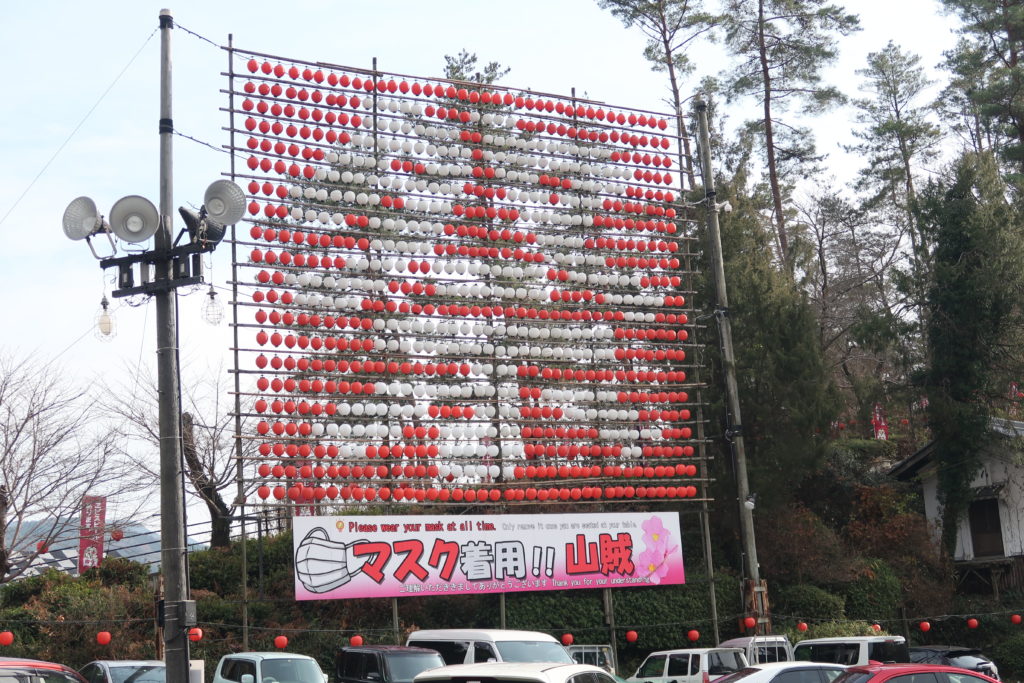

A restaurant like a theme park that suddenly appeared in the mountains.
The restaurant “Irori Bandai” is known to all Yamaguchi residents and most of them have visited.
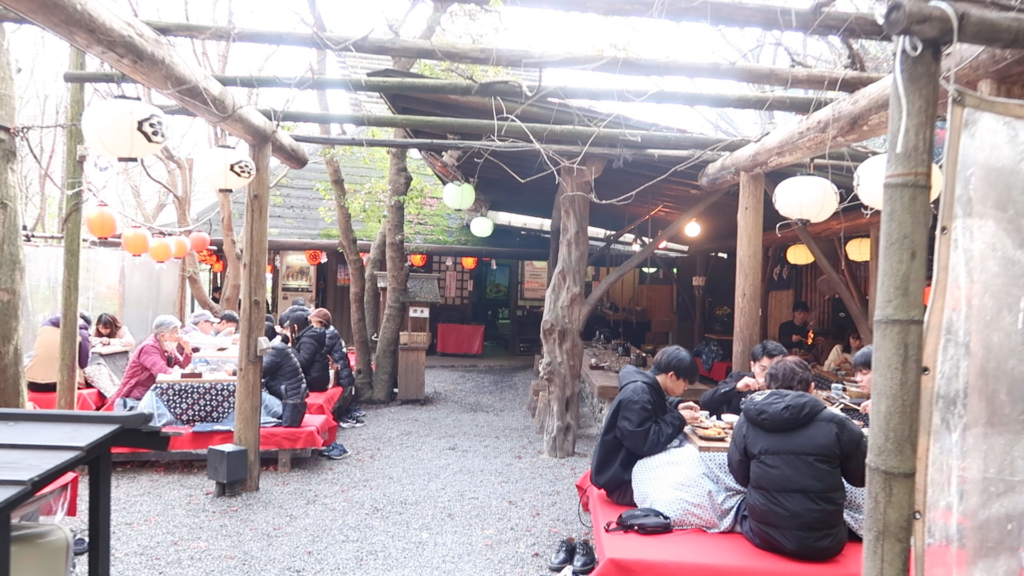
As the name suggests, the concept is “bandits”.
It is said that it was named after the legend that there used to be bandits in this land.
There are a total of 6 stores on the premises, including the “Irori Bandit”, which is mainly made of outdoor stones, the “Kamado”, which has a large kamado inside, and the castle-style building “Momorian”, which is closed on regular holidays.
Since it is set not to be open, any store is open at any time except December 30th and 31st at the end of the year.
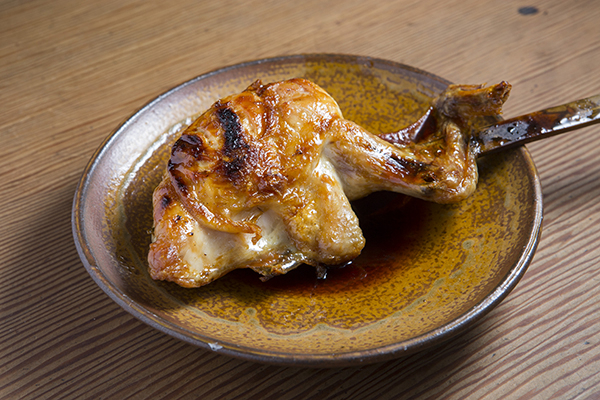
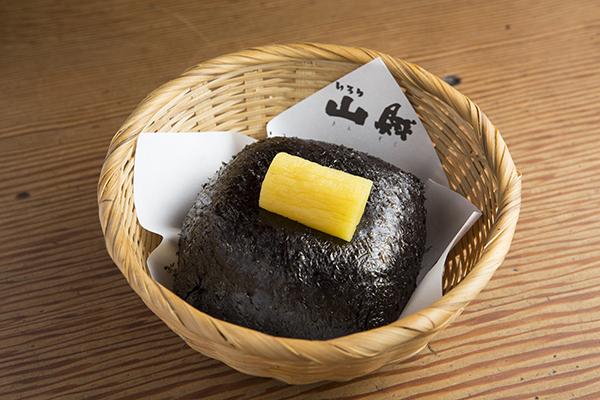
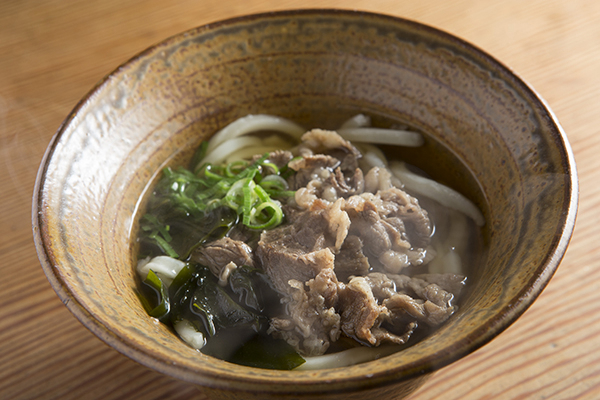
What you can enjoy at “Irori Bandit” is the hearty “Bandit Cuisine”.
Among them, the three items introduced in the photo are specialty menus that most visitors order.
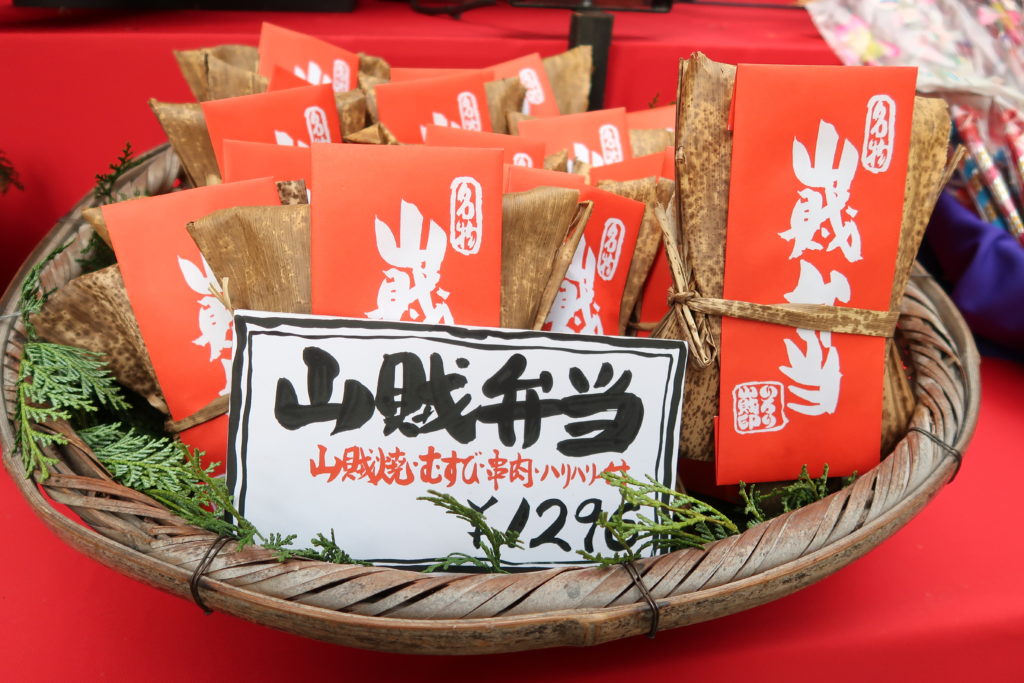
You can also take home your specialty dishes.
It is very lively and enjoyable to eat.
4.Temples, shrines, and heritage
“Iwakuni Castle”
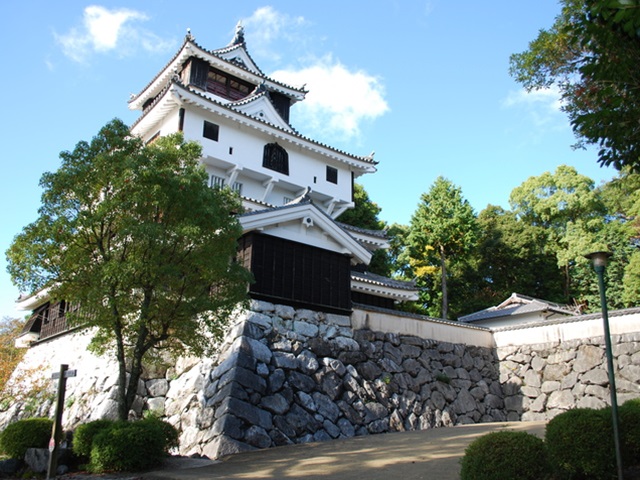
Iwakuni Castle is a mountain castle built in 1608 (Keicho 13) by the first Iwakuni lord Kikkawa Hiroie, and was located in Shiroyama at an altitude of about 200 meters, with the Nishiki River flowing underneath as a natural outer moat.
It was a three-story, four-story Momoyama-style Nanban structure, but it was demolished seven years after the castle was built by a one-country-one-castle system.
The current castle tower was rebuilt in 1962 (Showa 37).
5.Impressions
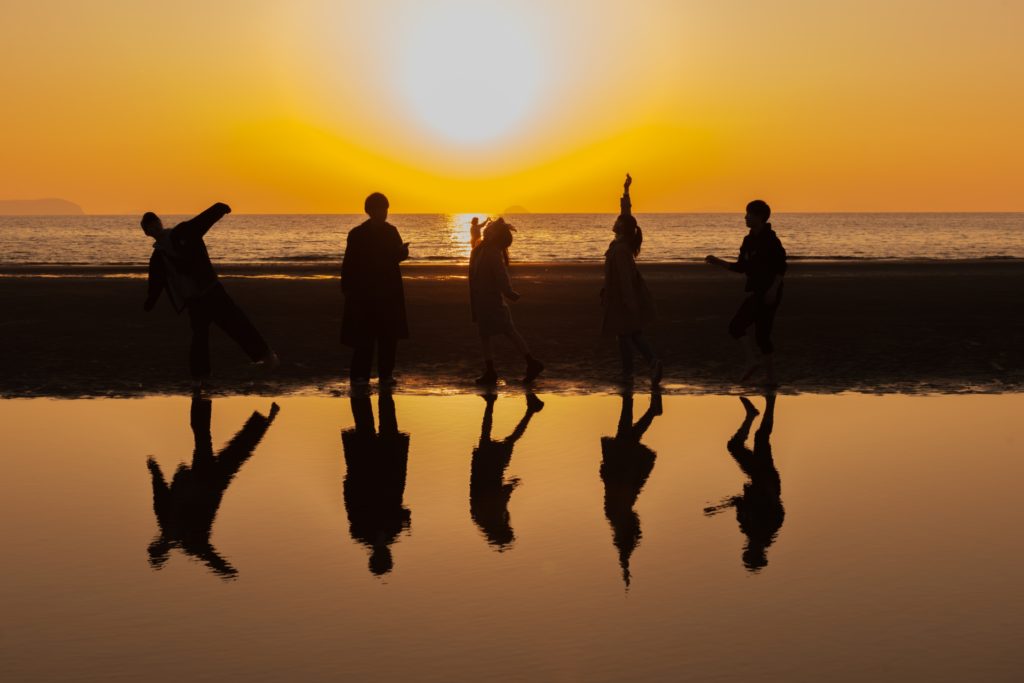
I found it very attractive to have a peaceful place without a modern atmosphere such as skyscrapers and shopping centers.
Furthermore, I thought that I would never get tired of seeing and experiencing castles, bridges, and shops with the largest variety of soft serve ice cream in Japan on the ropeway.
When you go to “Itsukushima Shrine” in Hiroshima Prefecture, please also go to Kintaikyo Bridge.
If you would like to experience and tour traditional crafts in Kansai together, please contact me directly from the website below!
Let’s feel happy together! !!
Next time preview
Thank you for reading to the end!
Today, I introduced the famous places other than Kansai in “Extra edition”, but I would like to post another interesting part of Kansai.
Then, have a good trip from now on!!
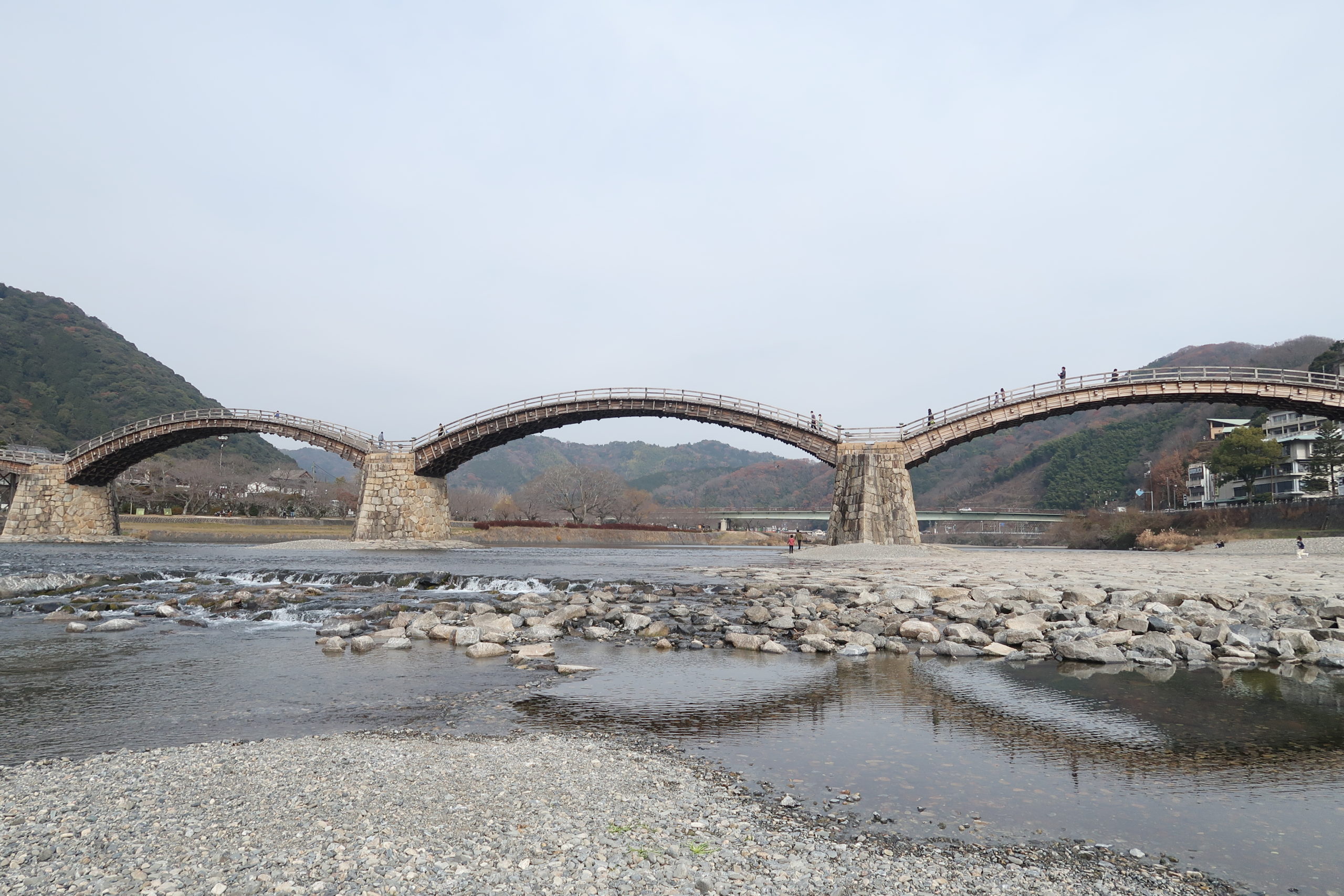
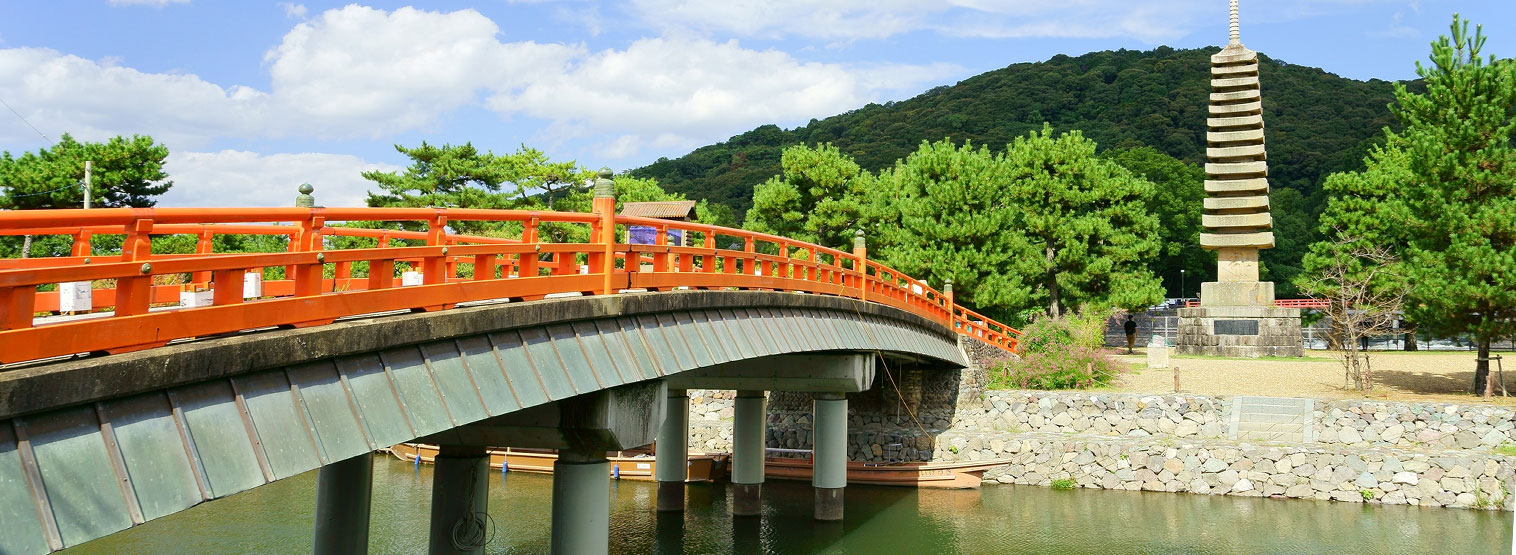
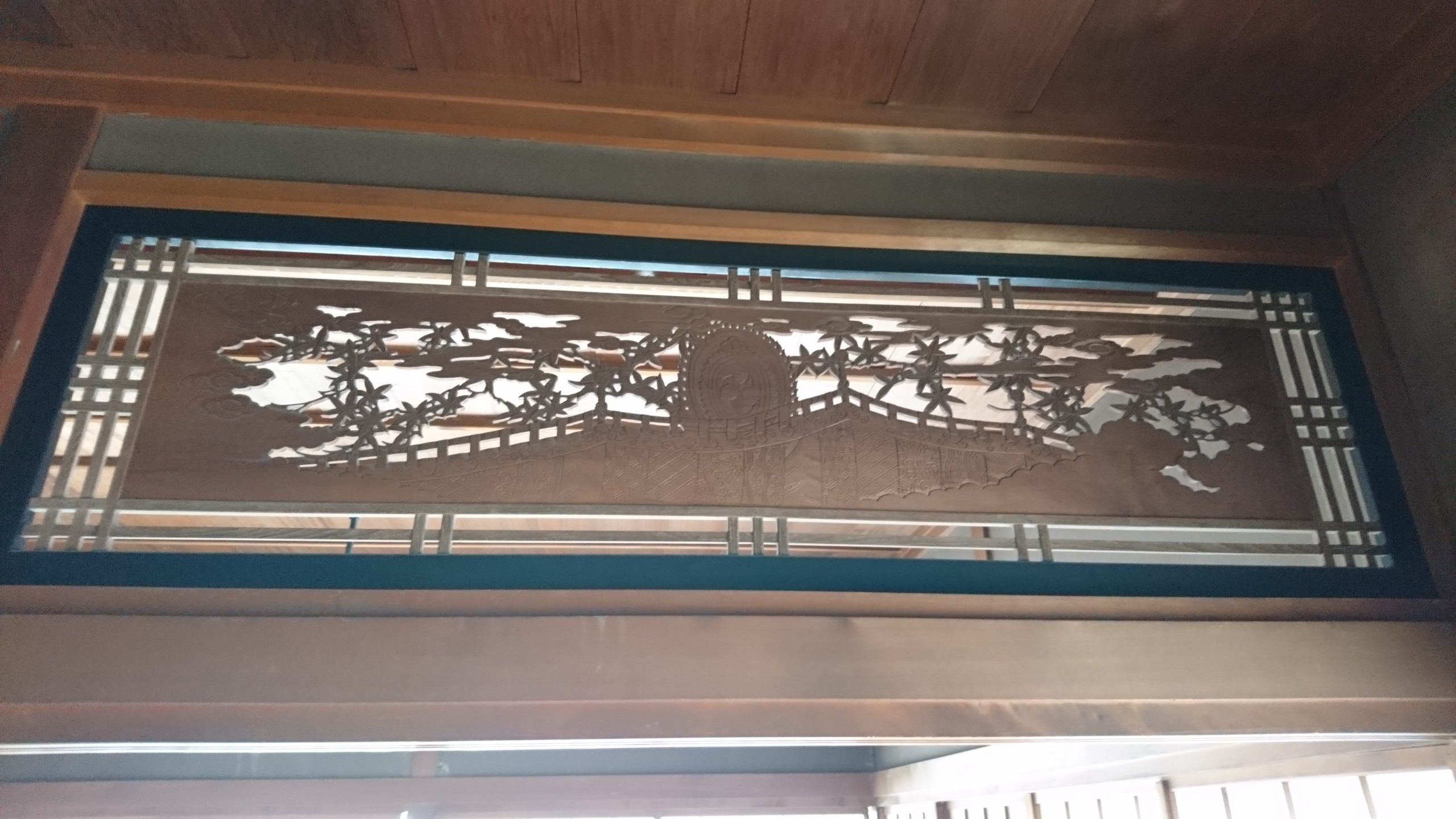
コメント